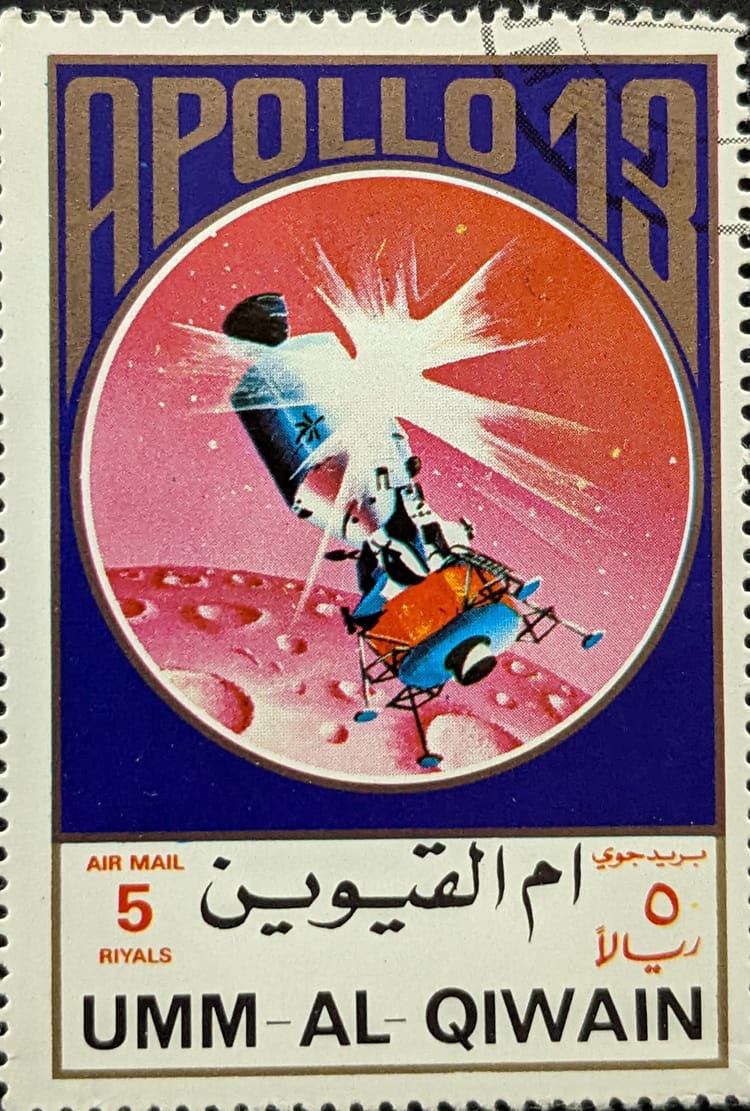Space Commerce and Earth observation
Commercial equality
Last week, Politico interviewed Planet Lab's chief strategy officer, Robbie Schingler. During the interview, Schingler noted the inequalities of importance between the U.S. Departments of Defense and Commerce for space.
"I really want that voice of 21st century aerospace commerce to be equal with national security. That's how important of an opportunity it is," Schingler said. "You can't look at one without the other … because the government can choose to buy certain things commercially and that really ends up creating a market."
Now Schingler and and his company Planet Labs do have dogs in this fight. The Earth observation company is a "New Space" poster-child, using cubesats--about 150 of them--to image the Earth and its inhabitants on nearly any given instant of the day. It's also been tentatively working with U.S. DoD intelligence organizations such as the National Geospatial-intelligence Agency and the National Reconnaissance Office. But the company views itself as more in the commercial-leaning side of the business than military/intelligence-leaning.
The company's interactions with the DoD and with commercial businesses probably gives it a unique view as to where money appears to be going. Based on Schingler's interview, there is little allocation of funds going to the U.S. Department of Commerce (DoC), specifically, the DoC's Office of Space Commerce. And he isn't wrong.
Last year, the Office of Space Commerce was granted more money for FY20 than it requested--$6.4 million--equaling an astonishing $10 million. "Astonishing," because that is such a paltry amount in the world of U.S. government space spending. NASA, for instance, received $22.6 BILLION for FY20. The unclassified DoD budget in FY20 for space programs was $14.1 billion (likely to be an estimated 93% more than that when including classified programs). The DoC's very own National Oceanographic and Atmospheric Administration (NOAA) received $1.5 billion for space programs.
So, $10 million isn't much. It doesn't even register on the space budget chart below:

It's worse than that. The Office of Space Commerce is supposed "to foster the conditions for the economic growth and technological advancement of the U.S. commercial space industry." The President has directed the DoC to be at the pointy end of the spear for commercial space situational awareness. It will "make space safety data and services available to the public." Just instituting a structure to do that will likely take more than $10 million.
How can the Office of Space Commerce even create those conditions for economic growth? Certainly not with $10 million. The DoC itself is still trying to figure out what the space industry is. Late last year, it asked the Bureau of Economic Analysis to start figuring out the space economy's part in the national GDP. Once the BEA figures that out, then maybe the Office of Space Commerce can target the parts of the industry it believes are critical to the industry.
Market-creation or going postal?
One puzzling thing, however, is Schingler's statement regarding market creation: "...because the government can choose to buy certain things commercially and that really ends up creating a market." It's the whole "government creates a market" fallacy. I can think of one particular instance where the government created a market--GPS--, and that was by accident. Most markets are created because a product or service solves a problem/makes life easier. Competitors hop in with cheaper/better/unique products or services, offering them to the public.
Looking outside space, let's use the Ford Motor Company to understand market creation (although, considering current Ford challenges…). Suggest that the government created the automobile market through its buying of Ford F-150 pickups, and most people would take issue with that statement.
The pickup is desirable because it's a versatile, powerful, and (somewhat) economical vehicle. The government didn't want those characteristics--people did. Everyone knows that regular Americans buy the majority of those pickups. Even now, Ford is getting away from passenger cars (Mustang excepted) and moving towards sport utility vehicles. Again, in this case, the government didn't create/inspire that decision--consumer demand did. Most healthy markets work this way.
I've seen the sort of thinking that Schingler's statement embodies from others in the space industry: that the government will create a market--any market--which would attract other commercial companies. This is not how healthy markets work. And that's not what the government does. Even NASA's commercial cargo program was intended as more of a capability development, rather than a market-creation tool.
What Planet, Iceye, and other Earth observation companies are doing is working with products (imagery and data) that have origins and history in government applications. Whether imagery or radar-based, the resulting products were developed initially (tailored) for government applications. The products required expensive and highly capable sensors, which only the government could afford. They were put in orbit by costly launch services--also affordable only to the government. These products were in use for decades by the government. No market ever came out of that.
Logically, companies like Planet thought the reason why that market never developed was because of the costs involved. It tweaked the imagery business(higher revisit rates, low constellation deployment costs, easy data retrieval, lower satellite costs) but not necessarily the product. The company attempted to create a commercial market with its imagery product. Based on Schingler's interview, however, it sounds like the commercial market isn't buying. Or isn't buying enough for Planet to make profits.
In a way, Planet appears to be going back to the traditional buyer of their product--the government. It seems to hope that if the traditional buyer buys their product, that would somehow "jump-start" commercial interest in their product. But why would that be the case? Of all the "New Space" companies, Planet is very high profile. People generally know that Planet is in the imagery business. Other companies would kill for Planet's reputation.
It may be the case that products initially created for government purposes will never be desirable by commercial customers. Which sort of makes sense. Government typically works on projects that aren't profit-generators. Unless they accidentally are.
Going back to automobiles...remember the odd-looking postal truck, the Grumman Long Life Vehicle (LLV)? That vehicle is the result of government requirements. It was made to:
- Drive 5,760 miles on a closed loop 5-mile-long paved road at 50 to 55 mph
- Drive 11,520 miles over a gravel road at 30 to 45 mph
- Drive 2,880 miles over a road with a shoulder, stopping every 250 feet and accelerating to 15 mph in between
- Drive 960 miles over cobblestones that ranged from 3 to 4 inches high at 10 to 14 mph
- Drive 960 miles over potholes at 10 to 14 mph
- Haul a 1 -ton pound load during one half of the road test
- Haul a man and a 400 pound load during one half of the road test
- Drive over potholes ensuring that each wheel hits a pothole 35,000 times
- Make one hundred consecutive stops from 15 mph
Notice that the U.S. Post Office is the only one using the LLV? Nowhere does the requirement say it needs to look good, be inexpensive or fun to drive. This ugly postal duckling highlights the difference between market creation and fulfilling a government need. Planet needs to figure out if it is producing the equivalent of an F-150 or an LLV.
Commerce is great at profit-generating, though, and is the one under-used strength of the space industry. Right now, legacy space companies seem to be fighting against commerce, feeling very comfortable with their government business ("serving national security and exploration needs," for example). Bringing space commerce interests to parity with national security space is the start. Having space commerce interests leave national security space behind should be the goal.




Comments ()